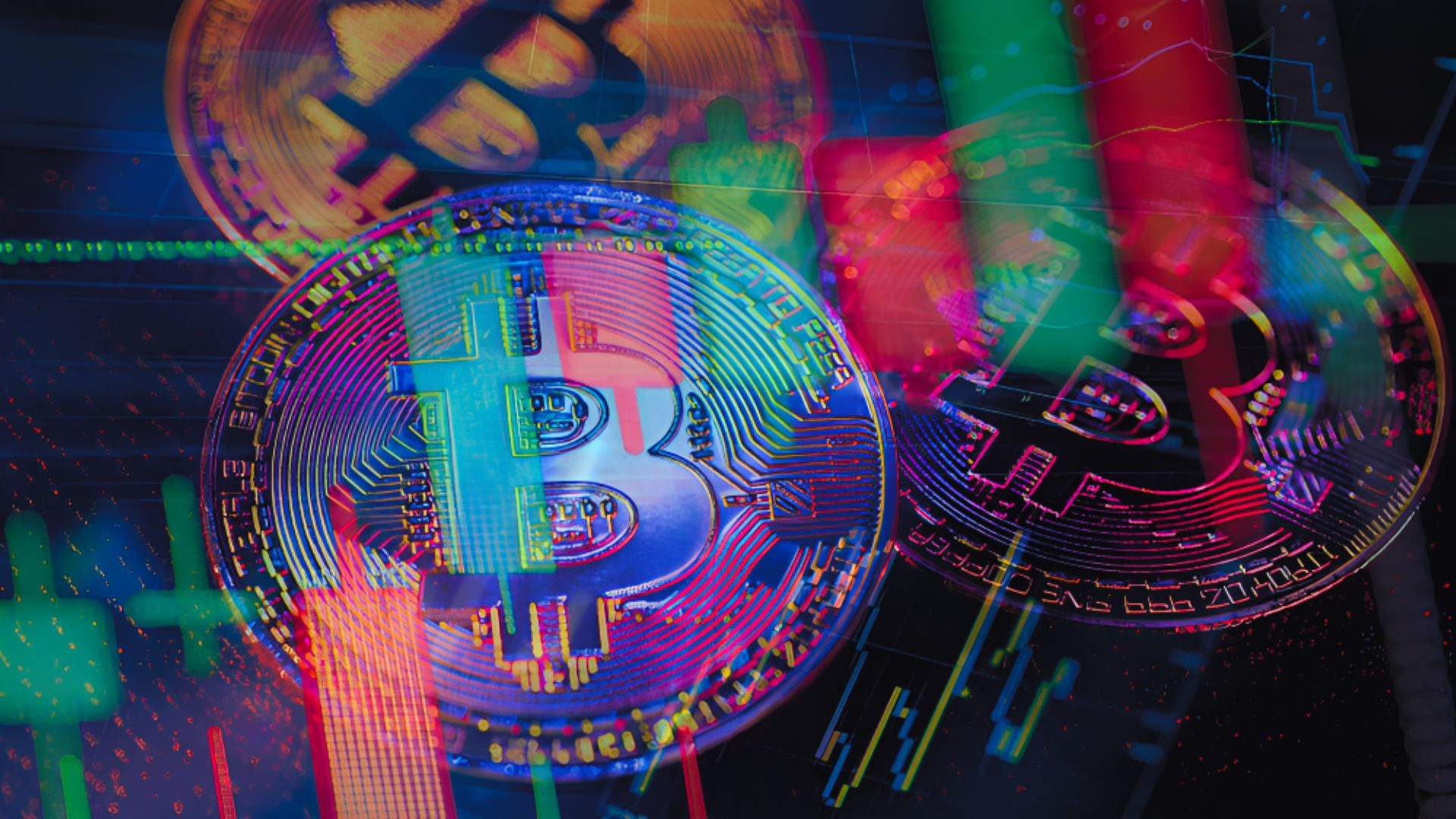- The difference between what the expected price should be v/s the actual cost of execution.
- The fluctuating price volatility and the low market liquidity in affect of demanded and supply in acquiring crypto assets.
- Steps taken to reduce the slippage- stop loss, update market, and limit order.
When Crypto Traders buy or sell a cryptocurrency, the trader wants to trade it at a defined price which he has already specified in his mind and is their preferred price, which sometimes isn’t possible due to slippage.
The situation is usually caused by a price shift between when the order is placed and when it is executed. When, the slippage occurs, and the trader will have to settle for a price other than the preferred price of the order.
SLIPPAGE – ACCIDENTAL GAIN OR LOSS
When the order is executed, the amount the trade is executed determines the Slippage. It is said to be the difference between what the trader expected or requested the price at which the transaction should have committed and the price at which the work was effectively executed. There may be a possible gain or a possible loss. The slippage happens due to the market’s high volatility or low liquidity.
The slippage can show a positive as well as a negative impact. The trader needs to understand the potential risks associated with slippage before placing the order. The slippage percentage quantifies a given asset’s price fluctuation between the order placement and execution.
For example, if you execute a buy order that executes at a lower price than what you ordered, it puts you in a better condition, giving you a better buying rate and the opportunity to make more money.
WHY DOES SLIPPAGE OCCUR?
The slippage happens due to Price volatility or low liquidity in the market.
Price Volatility
The prices of the assets keep on change in a millisecond depending on the demand and supply, and the crypto market is known for fast-changing prices of the investment. The highly volatile nature of the market makes orders highly prone to slippages. In addition, factors like demand and supply, investor sentiment, user hype, and government regulations affect the price of cryptocurrencies. The market is easily affected by these factors because it is relatively new.
Low Market Liquidity
Cryptocurrencies that are not in demand result in low liquidity, making them very prone to slippages. There are few buyers and sellers for that particular cryptocurrency. The more liquid a market, the lower the chance of significant price slippage.
For instance, you place a large market buy order of $10,000 per BTC for purchasing 50 BTC, because of the lack of liquidity, the whole order can’t be filled at the preferred price. Some of your orders will have to be matched with sell orders above $10,000 to get 100% executed. This means you will have to pay more to fill the order.
REDUCING THE SLIPPAGE EFFECT
There are positive slippage and negative as well to avoid the negative slippage and to get a better price to order to be executed.
Limit Orders
By placing a limit order, traders can specify a specific price at which they are willing to buy or sell, and the order will only be executed once this price is reached. This ensures you get what you expect and helps avoid unwanted slippage. A limit order means to set a trade to be completed at a future price, while a market order is performed immediately after it is opened.
Stop Losses
Stop loss limits how much the price can move before an order is executed to minimize potential slippage. This allows traders to be on the safer side and be in charge of their trading.
Update with news and events
Monitoring market conditions by watching crypto news and events that could affect the market to avoid sudden price changes and minimize potential losses.
